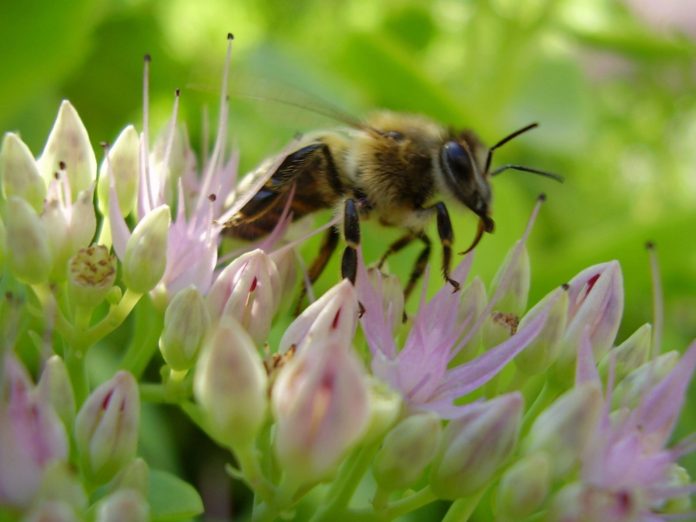“Ouch, it stung me!” — Sting allergies can bee a real buzzkill
Newswise — BIRMINGHAM, Ala. – Summer is time for good fun in the sun. And as we share our outdoor spaces with nature, we are also reminded that our flying, buzzing friends also love flowers, pooled water, and the crevices of wooden decks or playsets.
One tiny sting, and suddenly, fun in the sun can turn into excruciating pain.
“A frightened or angry wasp, yellow jacket or honeybee injects a droplet of venom into our skin reminding us they can hurt,” said Morissa Ladinsky, M.D., associate professor at the University of Alabama at BirminghamDivision of General Pediatrics and Adolescent Medicine. “While millions of people suffer insect stings, true allergic reactions occur in a mere 0.4-0.8 percent of children and up to 3 percent of adults.”
Ladinsky says small local reactions with a raised warm red area that settles down over the span of 24 hours are common. However, large local reactions to the sting — an increasingly large, warm and red welt progressing over one or two days and lasting even longer, sometimes with a bit of nausea or vomiting, may signify a mild non-life-threatening allergy.
“Wasp stings are infamous for this,” she said. “Our bodies differ in the level of inflammatory mediators we release to get the tiny drop of toxin out of our system.”
For most of these, anti-inflammatory agents such as topical calamine, Benadryl or hydrocortisone will suffice. Oral ibuprofen and Benadryl help as well.
Ladinsky says a few homemade remedies could ease the pain.
“For those who favor my gran’s recipes, mixing a bit of cornstarch with cold water into a paste and covering the area — this is a winner,” she added.
Severe life-threatening reactions, known as anaphylaxis, include rapid swelling of the lips, eyes and ears, dizziness, presence of hives or welts on body areas far from the sting site, sensation of the throat closing in, and difficulty breathing. Ladinsky cautions that these are rare but extremely serious.
“Call 911 immediately if you experience these types of reactions,” she said. “An allergy visit along with EpiPen ownership will become necessary going forward.”
An individual genetically predisposed to severe sting allergy requires one or more exposures to the venom before the body responds in a life-threatening way. Thus, many individuals do not manifest anaphylaxis with a first or even second sting.
Ladinsky urges parents and children not to fear the buzzing bees, but to exercise caution.
“We don’t need a reason to fear our pollenating friends,” she said. “But we need to maintain a healthy respect for them, as we hope they do for us.”
Story credit to University of Alabama at Birmingham.
Photo credit to Stock Photos.



































